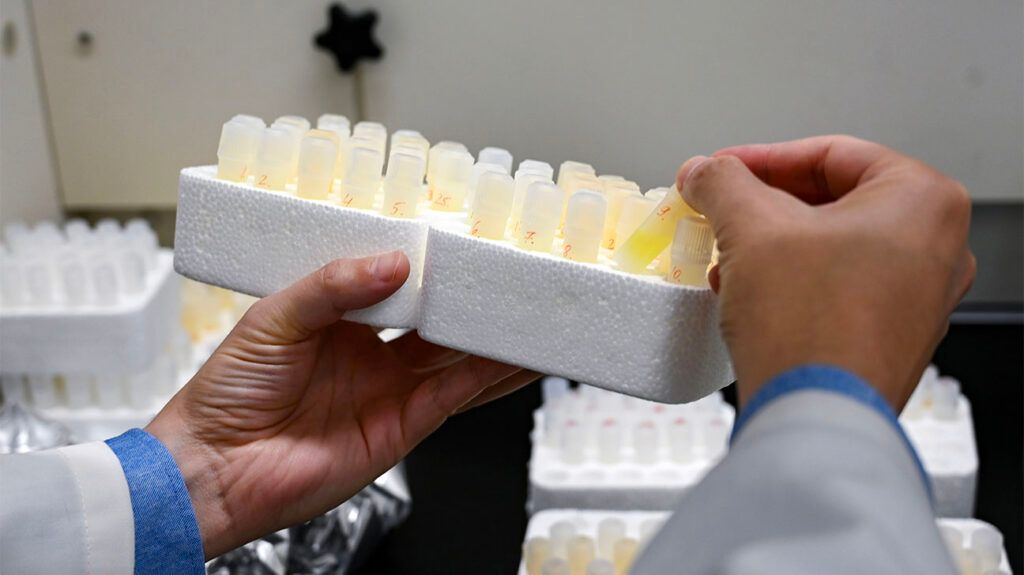Innovative Compound CMX410 Offers New Hope Against Drug-Resistant Tuberculosis

A groundbreaking compound named CMX410 shows promise in targeting drug-resistant tuberculosis by irreversibly inhibiting a key bacterial enzyme, offering hope for more effective treatments.
Scientists have made a significant breakthrough in the fight against tuberculosis (TB) with the development of a novel compound named CMX410. This promising drug targets a vital enzyme in Mycobacterium tuberculosis, the bacteria responsible for TB, and shows potential in combating strains that are resistant to existing treatments. The discovery was detailed in a study published in Nature, led by Dr. James Sacchettini of Texas A&M University and collaborators from Calibr-Skaggs Institute.
CMX410 functions by irreversibly inhibiting Pks13, an enzyme crucial for constructing the bacteria's protective cell wall. Without this enzyme, M. tuberculosis cannot survive or cause infection. While Pks13 has been recognized as a valuable target for years, drugs targeting it have faced development challenges related to safety and efficacy. CMX410’s unique mechanism, enhanced by click chemistry—a method that efficiently joins molecules—provides high specificity and reduces the risk of off-target effects, minimizing potential resistance.
Early testing results are encouraging, showing that CMX410 is effective against both laboratory and multidrug-resistant strains of M. tuberculosis. Additionally, the compound demonstrated safety in initial animal studies and can be combined with other TB medications without adverse interactions. Its precise targeting is also expected to preserve beneficial microbiota, a common concern with broad-spectrum antibiotics.
The research team optimized over 300 analogs to find a balance of potency, safety, and pharmacologic properties. In experiments, CMX410 worked against 66 different strains—including resistant ones—highlighting its potential as a new class of anti-TB drugs.
Future studies will explore its safety in humans and further evaluate its therapeutic potential. The early results suggest that CMX410 could become part of more effective, shorter, and safer treatment regimens for TB, especially against drug-resistant forms. As TB continues to pose a global health threat, innovations like CMX410 offer hope for more effective control and eventual eradication of this ancient disease.
Stay Updated with Mia's Feed
Get the latest health & wellness insights delivered straight to your inbox.
Related Articles
Impact of Policy Changes on American Medical Expenses: Rising Costs on the Horizon
Recent policy changes under the Trump administration are set to increase healthcare costs for millions of Americans, with higher insurance premiums, reduced protections, and more medical debt impacting financial stability nationwide.
Bindi Irwin Undergoes Emergency Appendectomy: Understanding Appendicitis
Bindi Irwin recently underwent emergency appendectomy due to a ruptured appendix. Learn about appendicitis, its symptoms, and treatment options to understand this common condition better.
New Research Reveals Link Between Brain Lithium Levels and Alzheimer’s Disease
Recent studies reveal that low brain lithium levels are linked to Alzheimer’s disease, suggesting potential new avenues for early detection and treatment using lithium-based therapies.
Understanding Why Pupils Dilate When We're Aroused: Insights from Anatomy Experts
Explore the science behind pupil dilation during arousal and emotional responses, including the role of the autonomic nervous system and social bonding cues.



